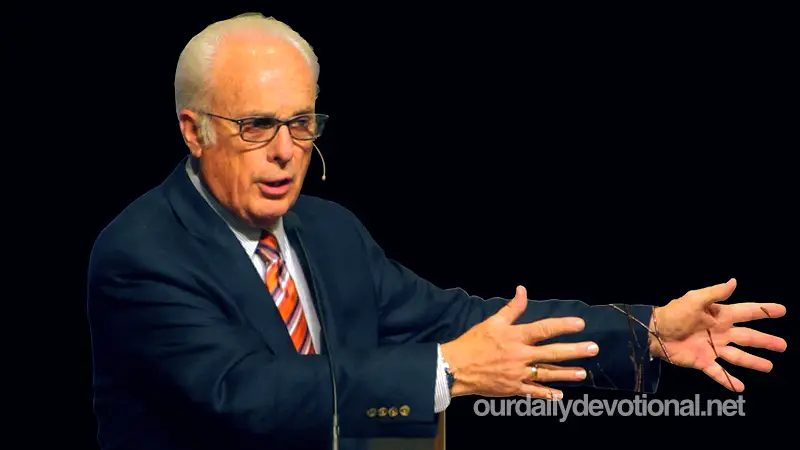Occult practice and relationship with evil spirits.
The Hebrew term. "hartõm", which translates as magician, frequently means:
scribe, learned priest (Dan. 1:20),
versed in incantations, in occult practices (Ex. 7:11),
in the interpretation of dreams (Dan. 2:10).
These practices were widespread:
in Egypt (Gen. 41:8; in Ti. 3:8 the names of Jannes and Jambres, who opposed Moses, are given),
in Assyria (Nah. 3:4),
in Babylon (Is. 47:9; Dan. 2:2),
in Canaan and
in the other pagan countries (Deut. 18:10).
There is another Hebrew term, "'ahshãph," which is generally translated as charming. It designates the sorcerers and exorcists who used magical formulas to get evil spirits to help them or to stop them from tormenting their intended victims. The supernatural effects sought concerned men, animals or the forces of nature.
The texts do not always clearly distinguish enchantments and divination (Num. 23:23; 24:1; 2 Kings 17:17; Jer. 27:9) and other forms of occultism, all of which are formally prohibited by the law of Moses (Deut. 18:9-14).
It legislated the death penalty for magicians and evokers of the dead (Ex. 22:18; Lev. 20:6, 27). The prophets foretold his punishment (Mi. 5:11; Mal. 3:5; etc.; cf. Josephus, Life 31; Ant. 17:4, 1; Wis. 12:4-6).
The NT reveals the existence of the same practices and presents us with:
Simon the magician (Acts 8:9, 11);
Barjesus (Acts 13:6, 8);
in Ephesus, the Jewish exorcists and the adepts of the "magical arts," and their books of great price (Acts 19:13, 19).
Magic is manifestly one of the works of the flesh (Gal. 5:20).
In Rev. 9:21 the term translated "witchcraft" is "pharmakeia," which suggests the use of drugs and mysterious filters; The punishment for this diabolical “pharmacy” is eternal perdition (Rev. 18:23; 21:8; 22:15).
The art of charming snakes, which prevents snake bite, was not counted among the enchantments (Ez. 10:11; cf. Ps. 58:5; Jer. 8:17).
Meaning of MAGIC
Occult practice and relationship with evil spirits.
The Hebrew term. "hartõm", which translates as magician, frequently means:
scribe, learned priest (Dan. 1:20)







